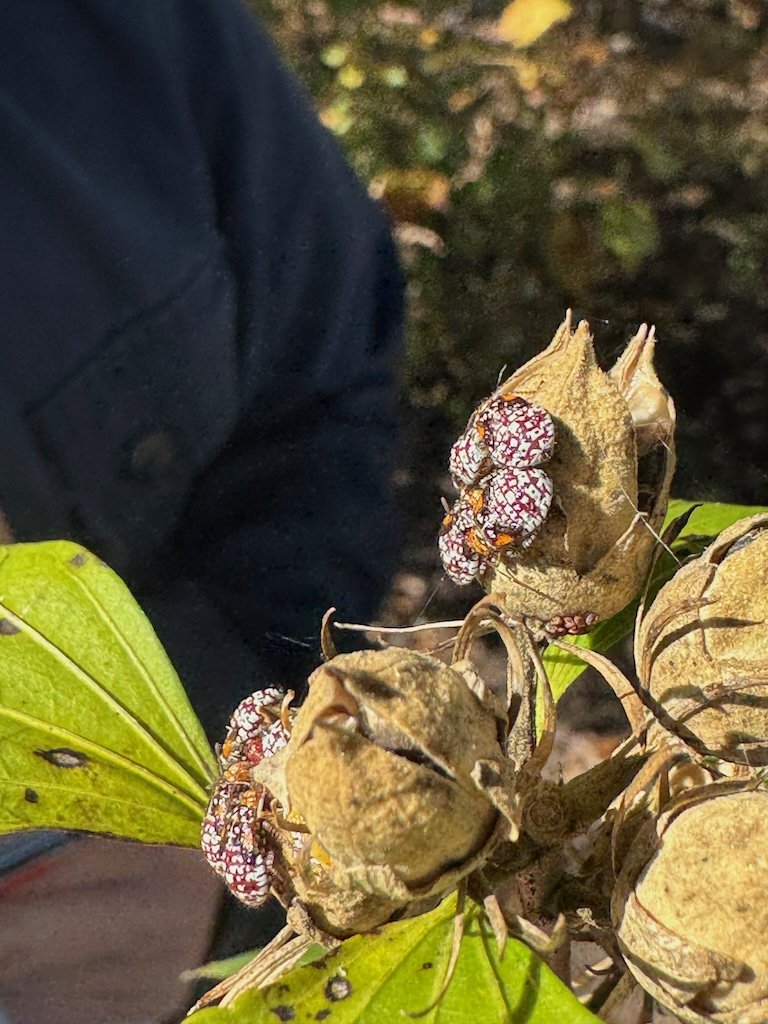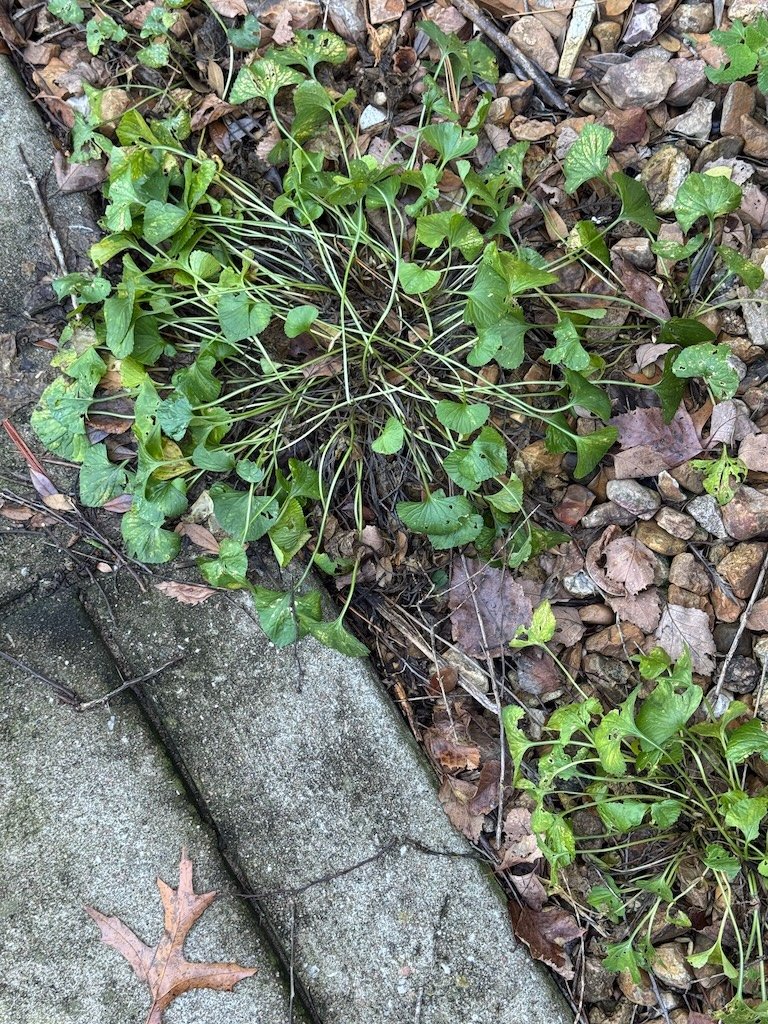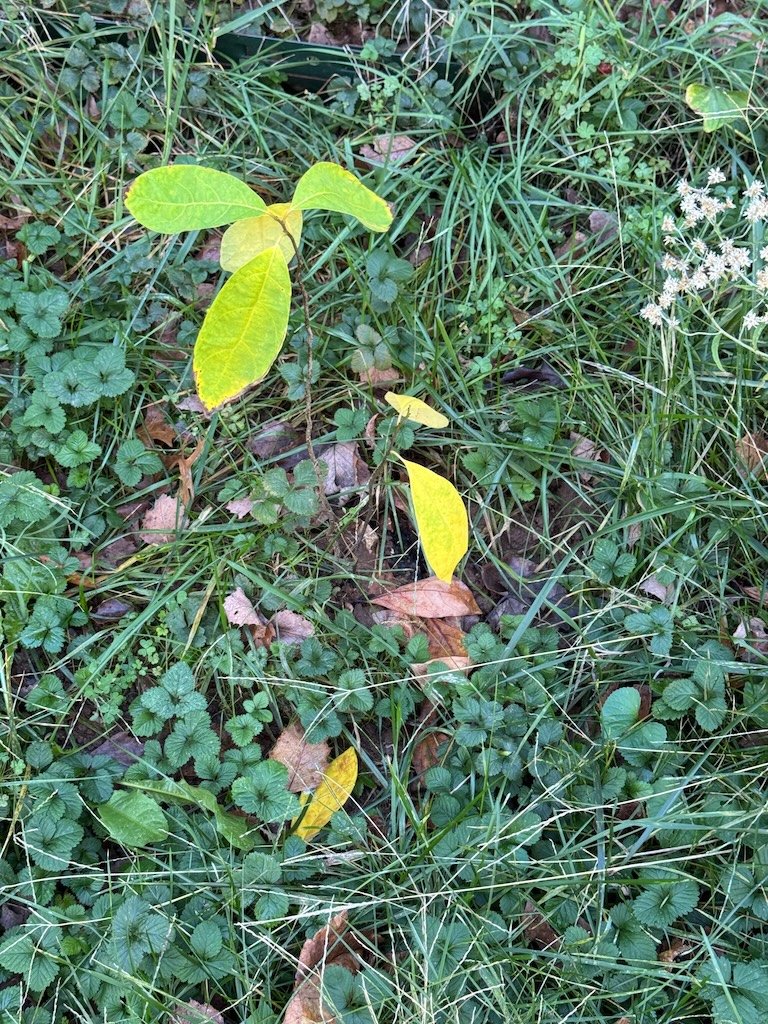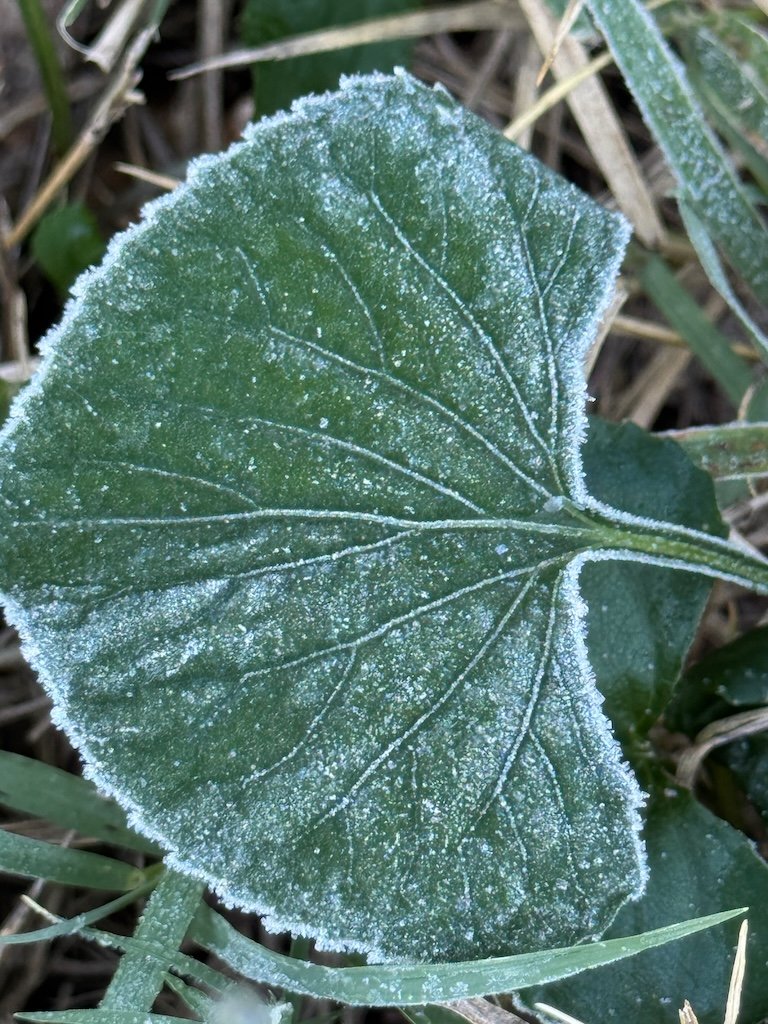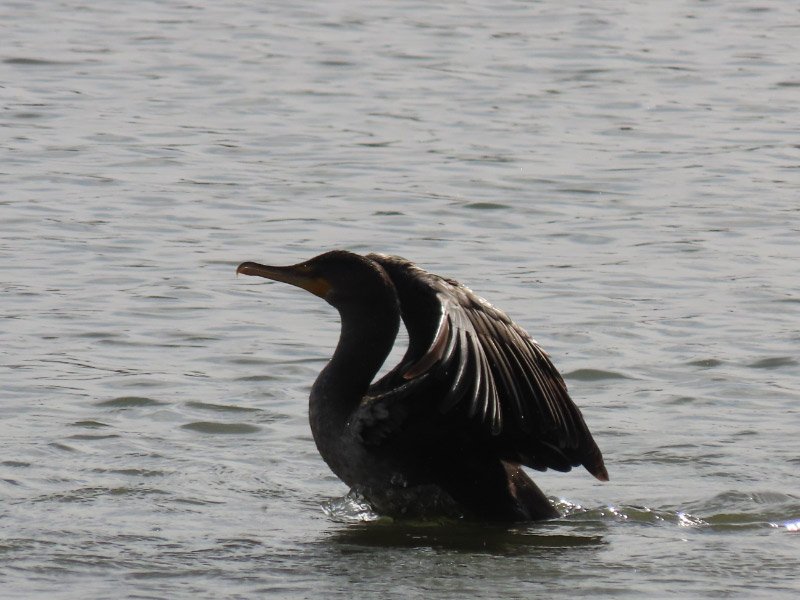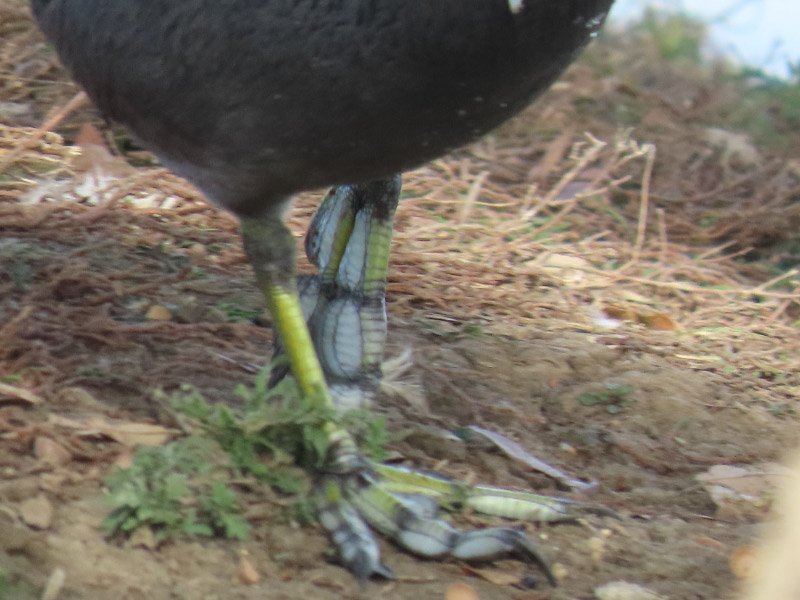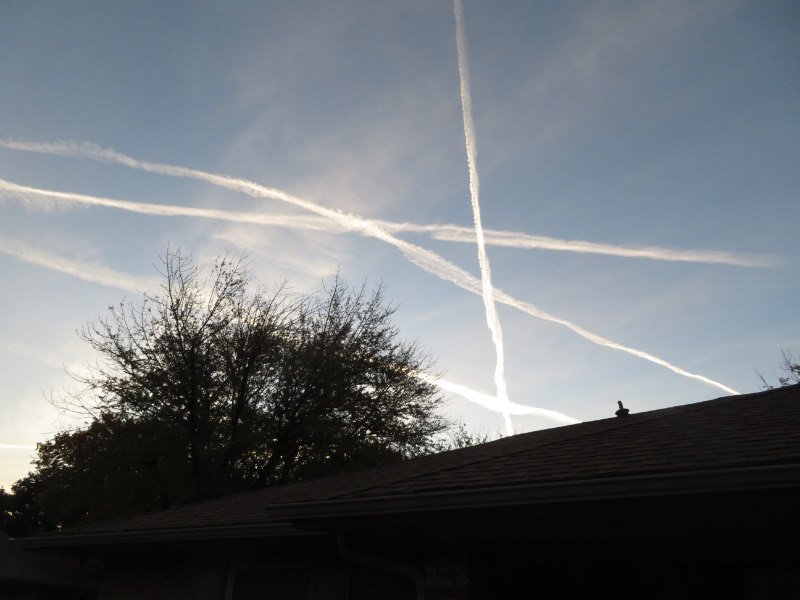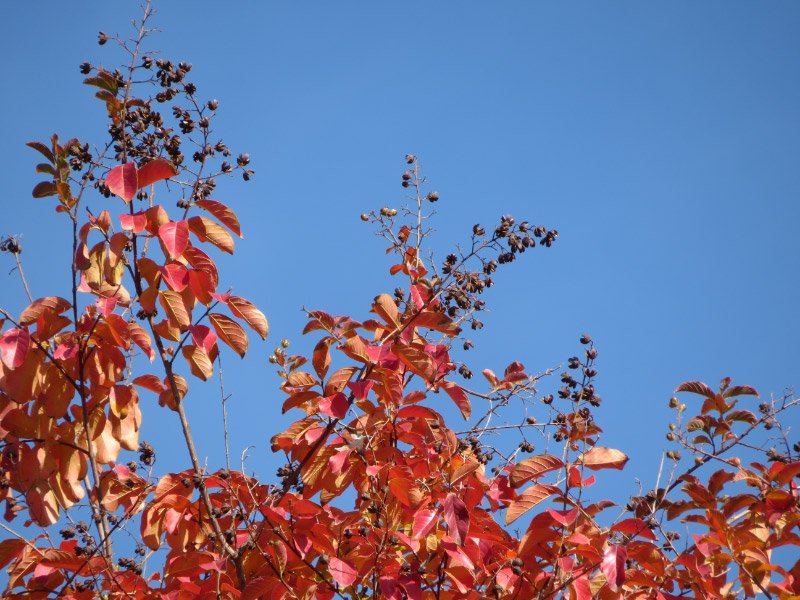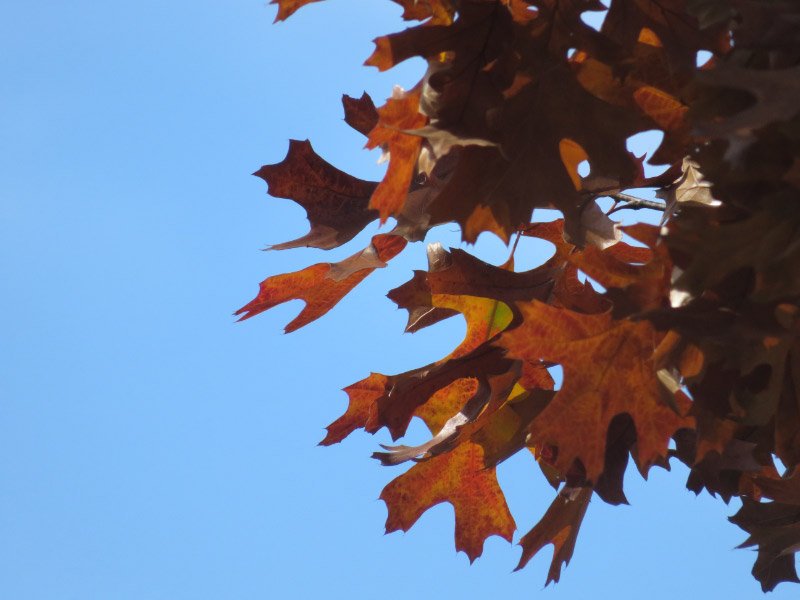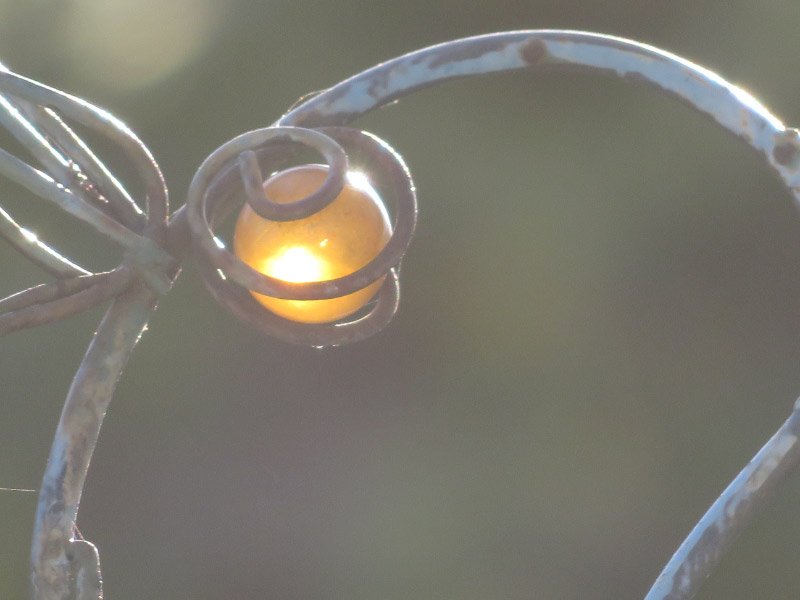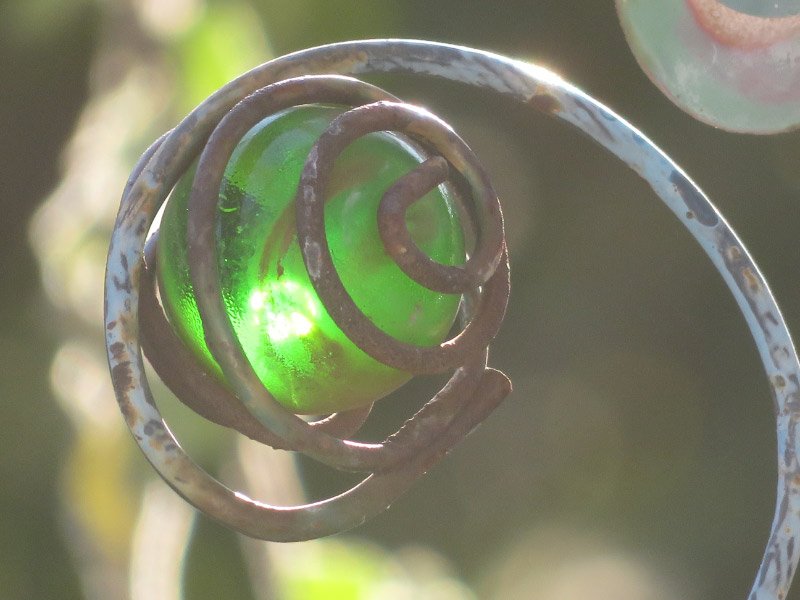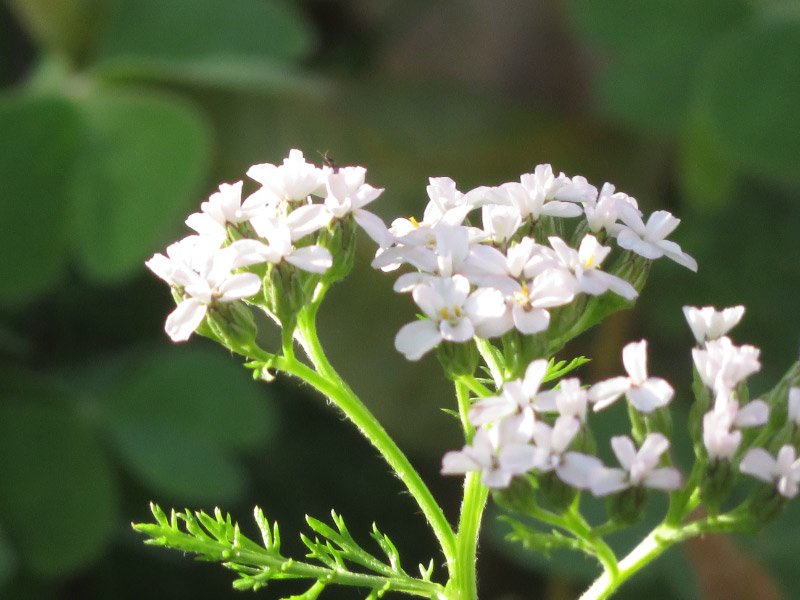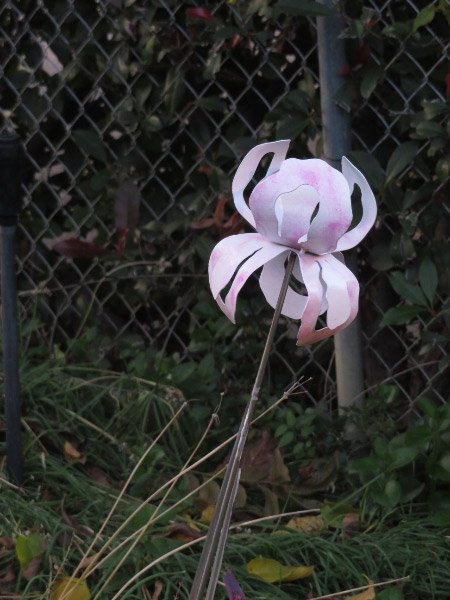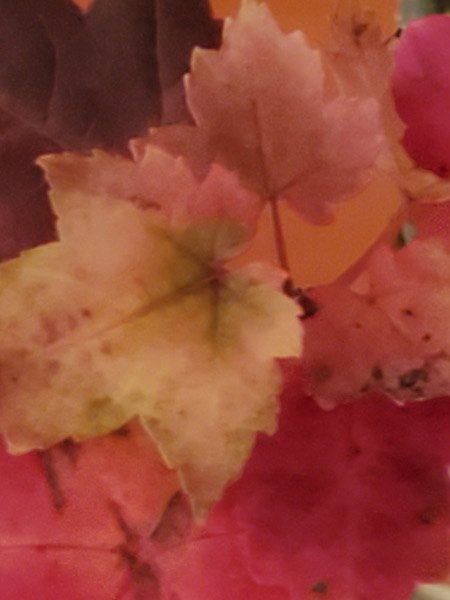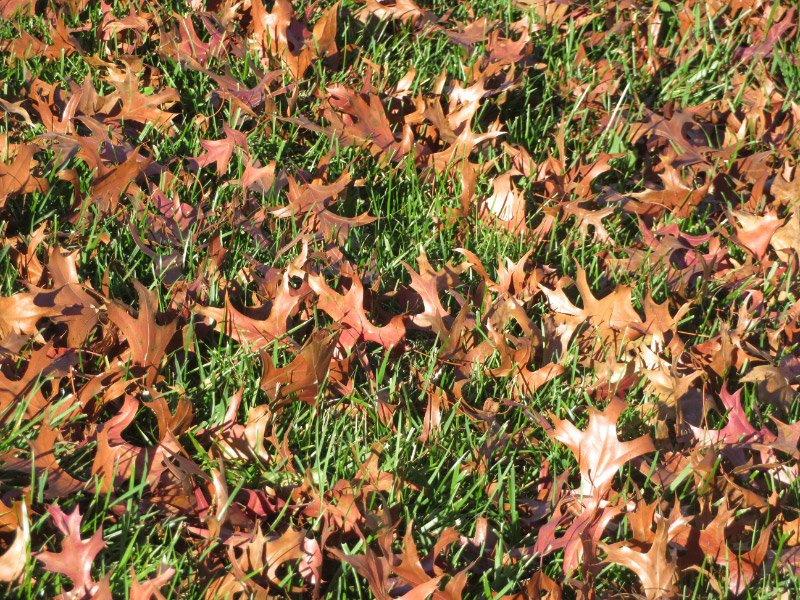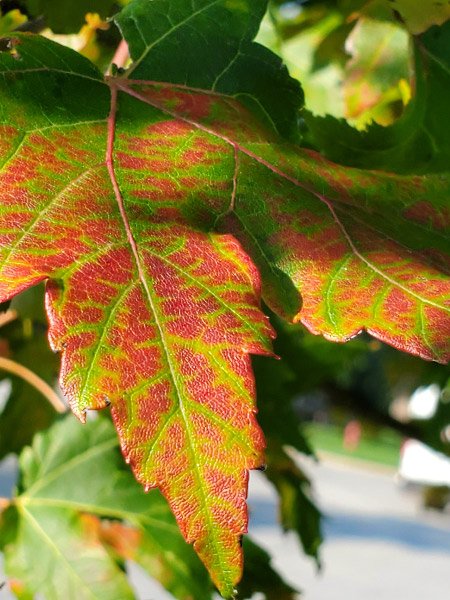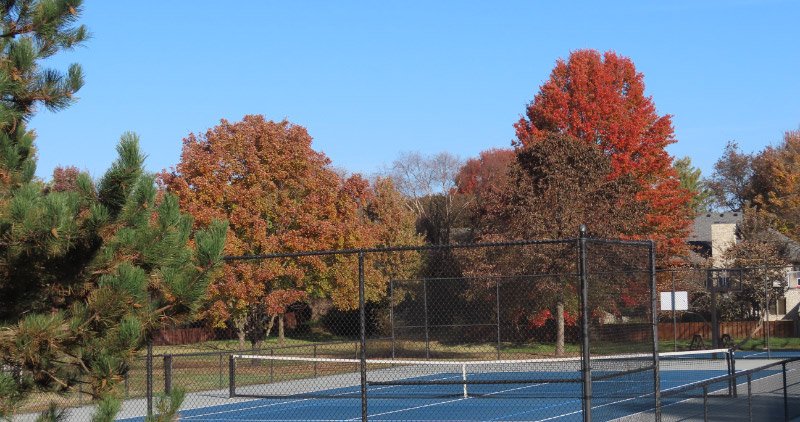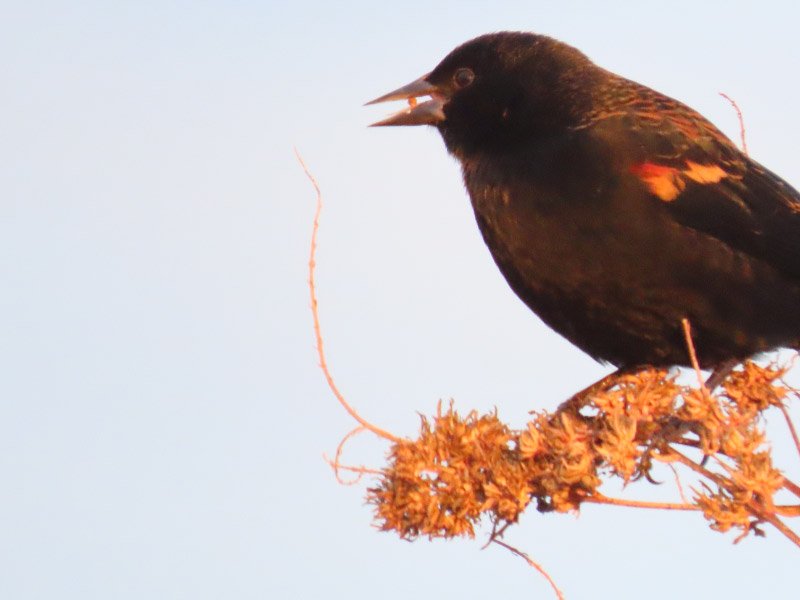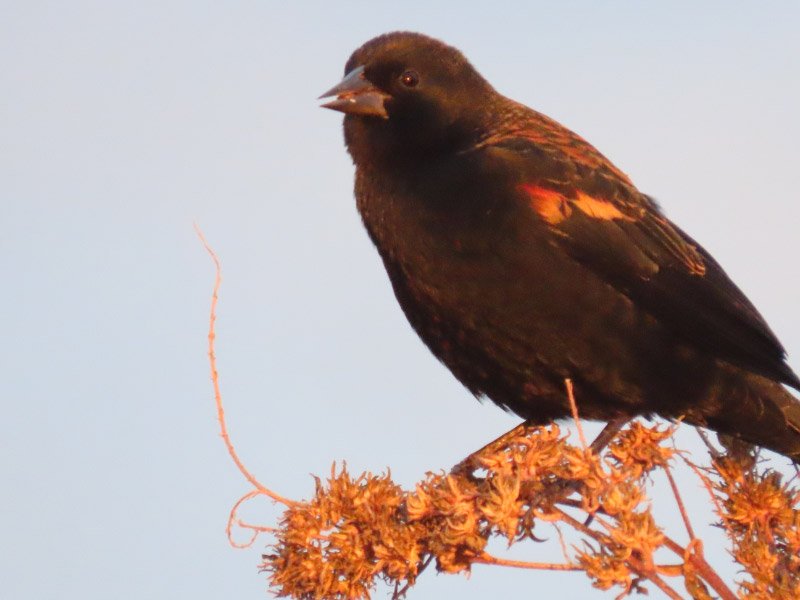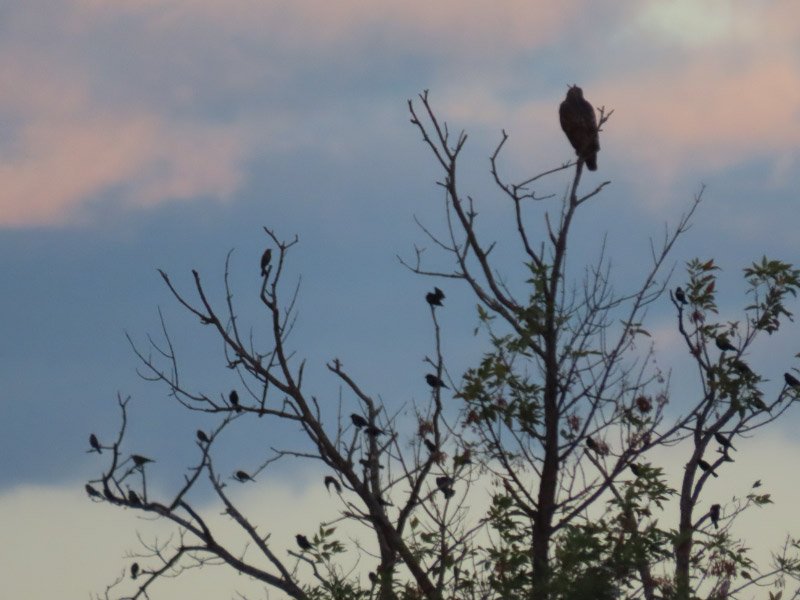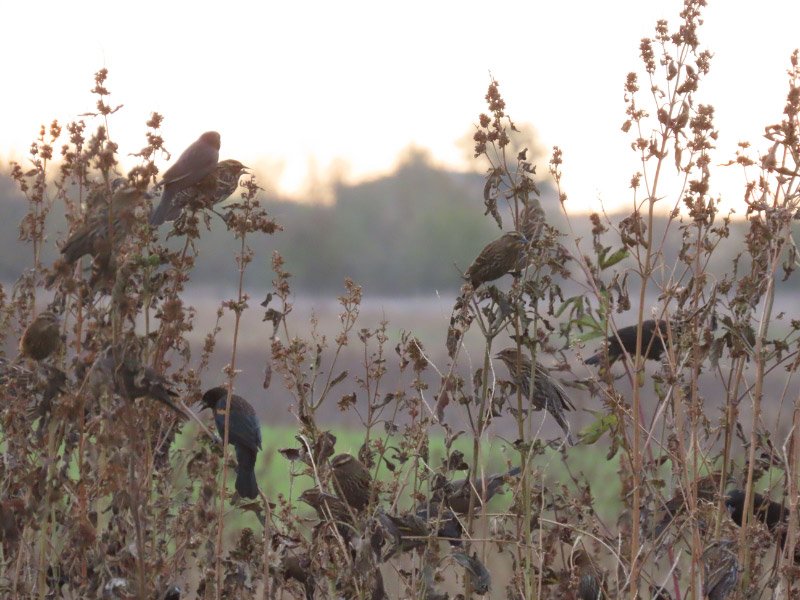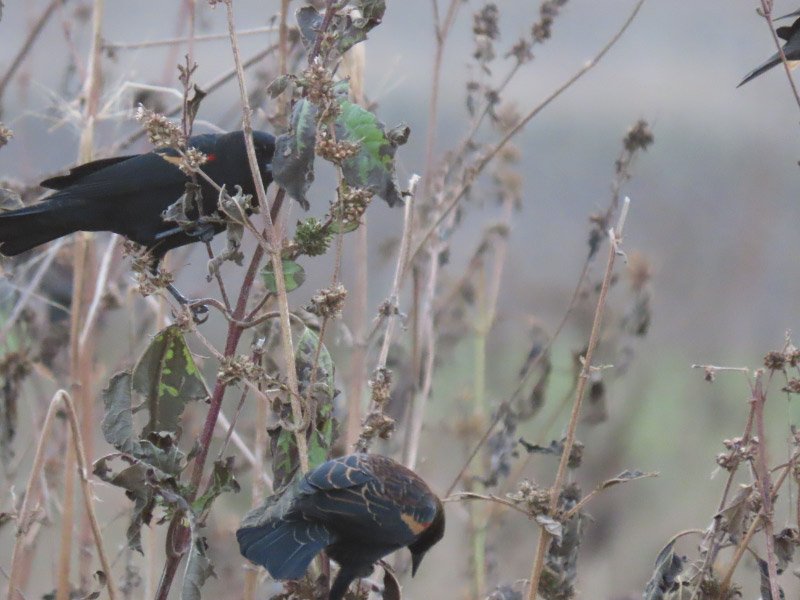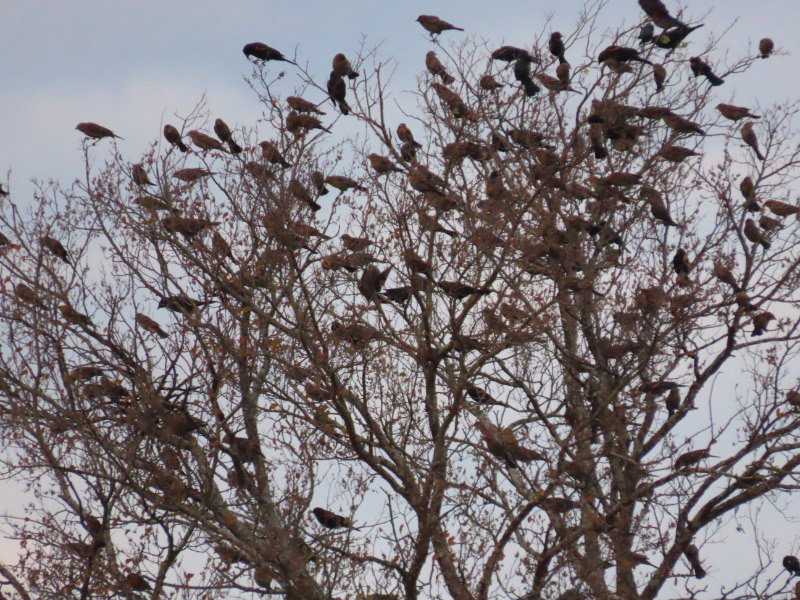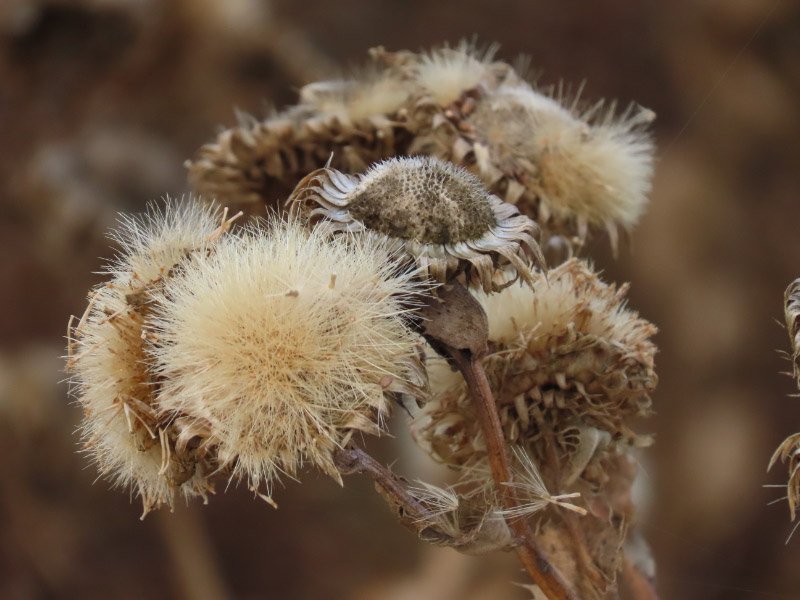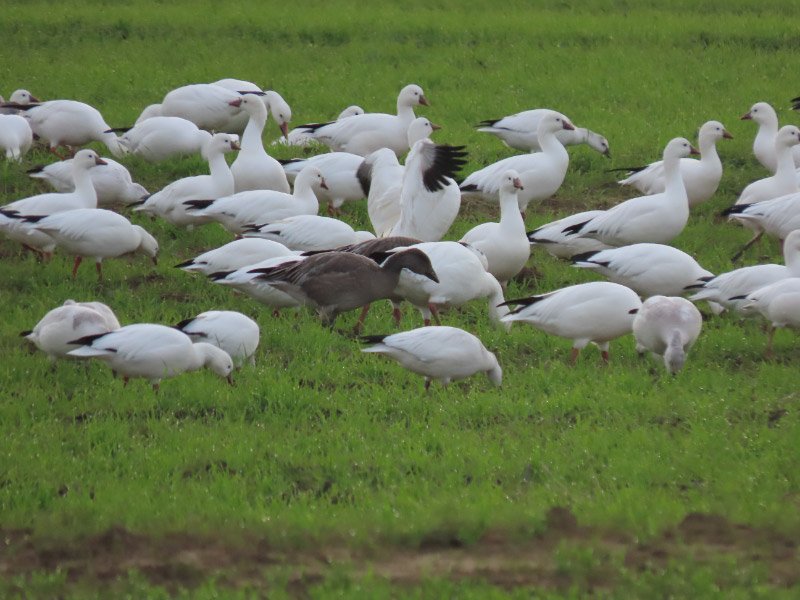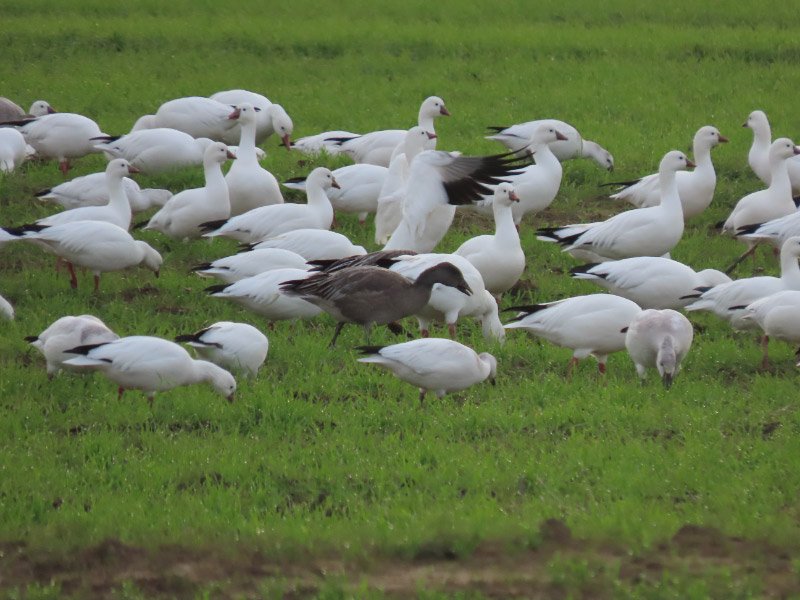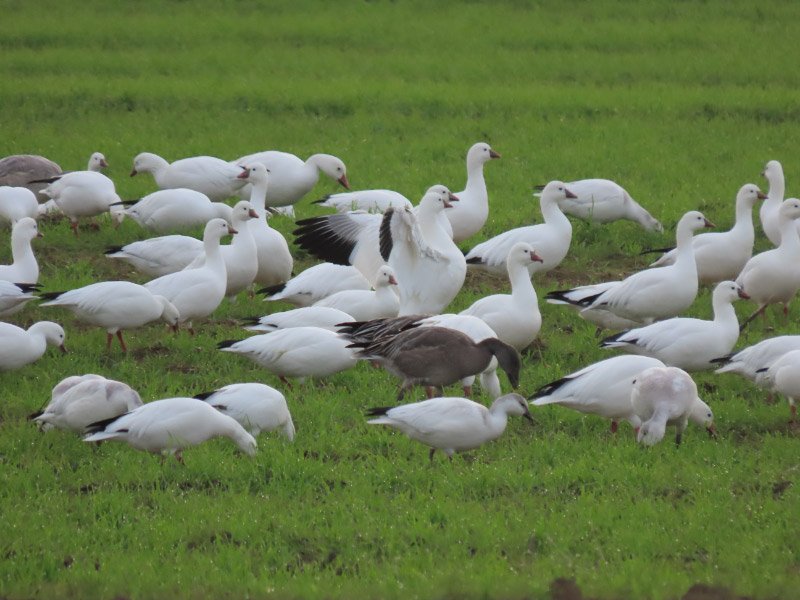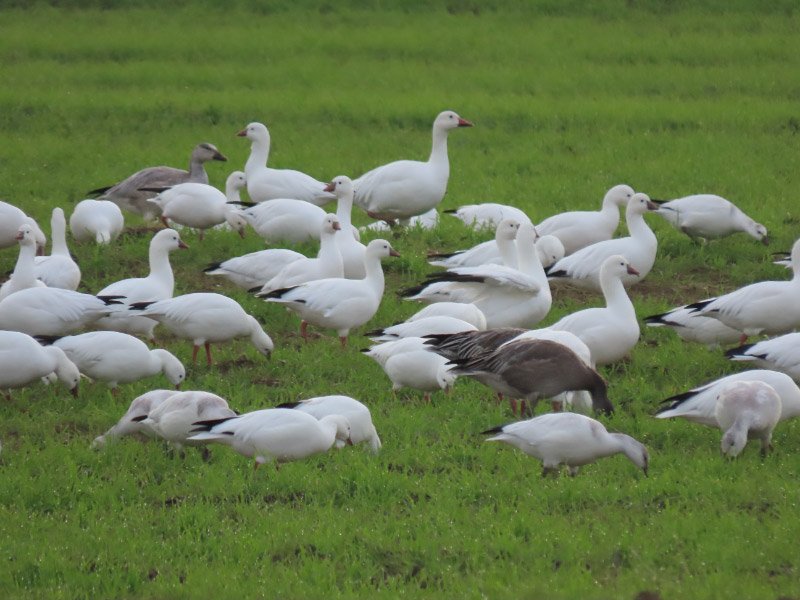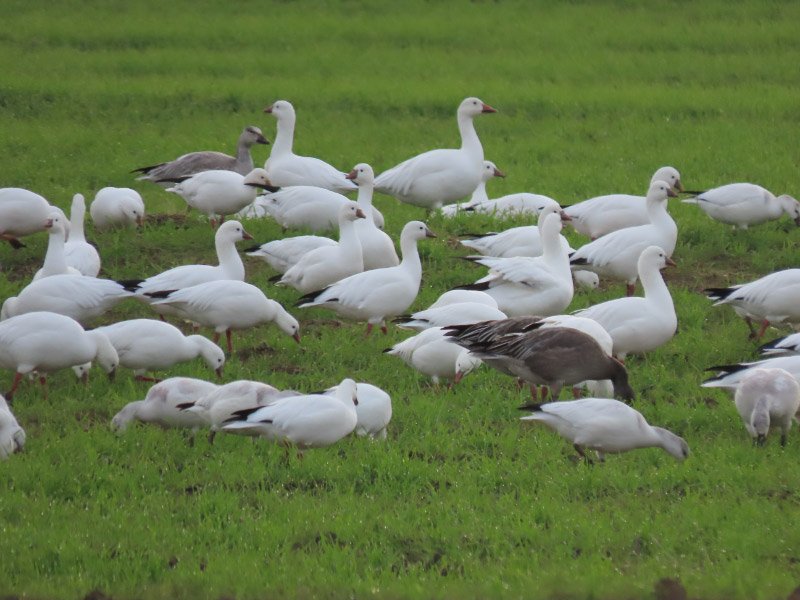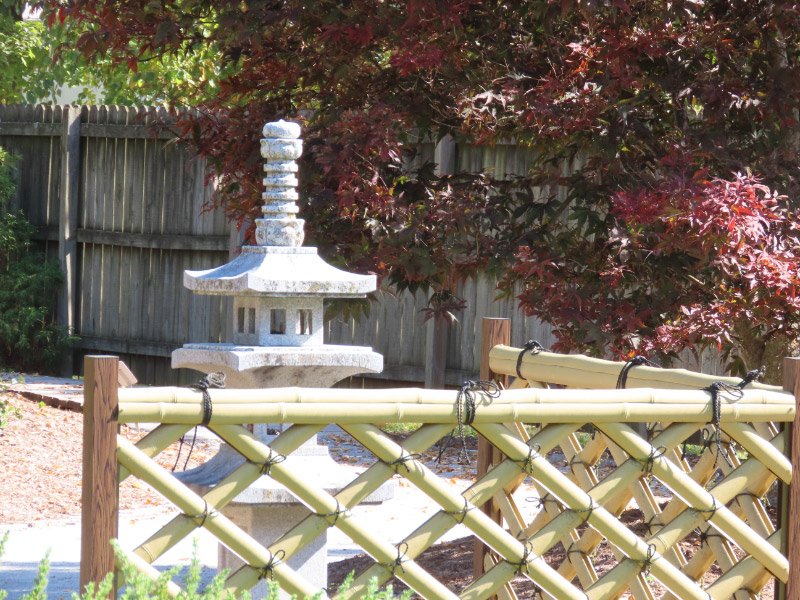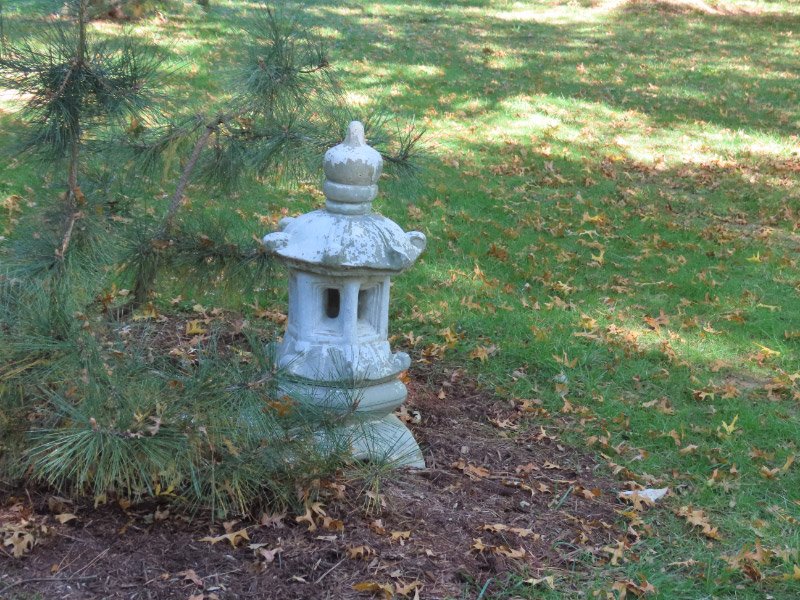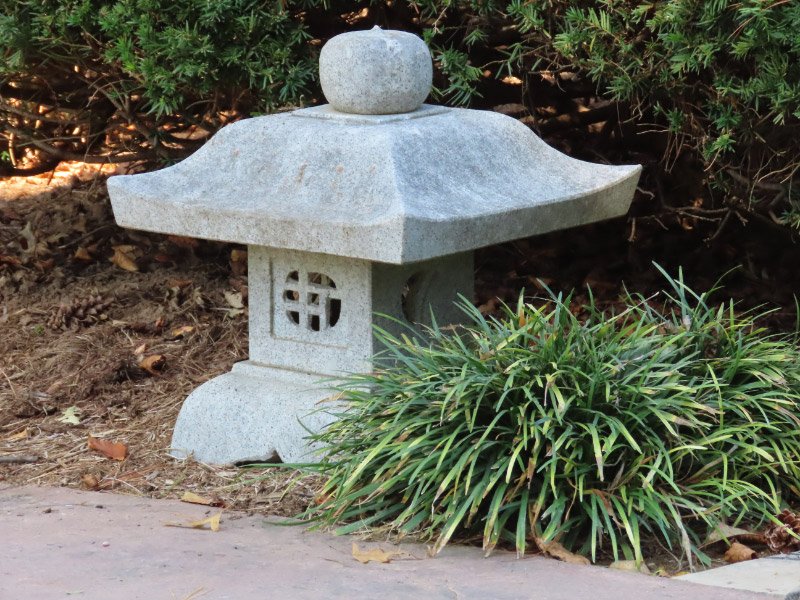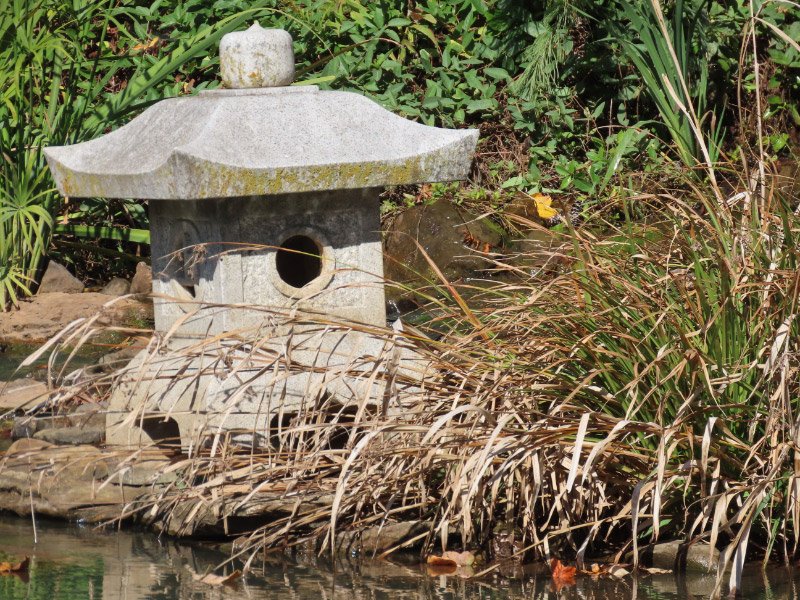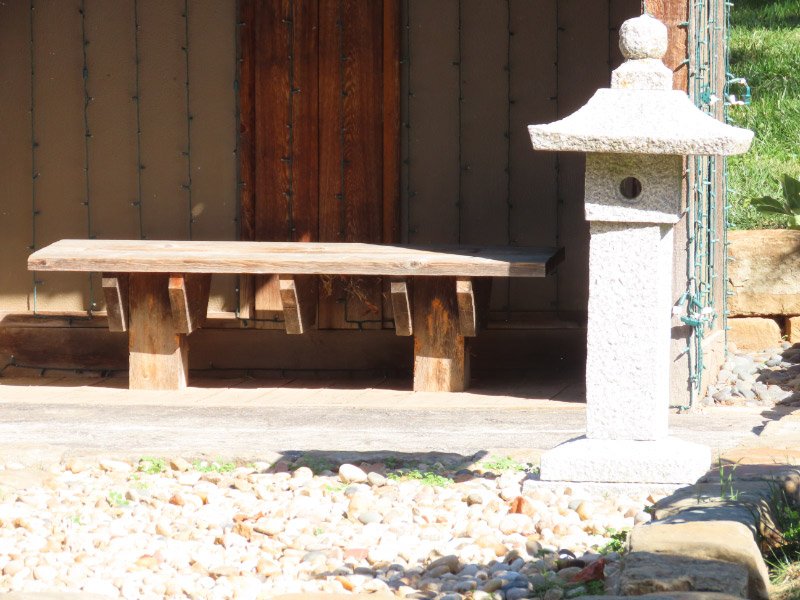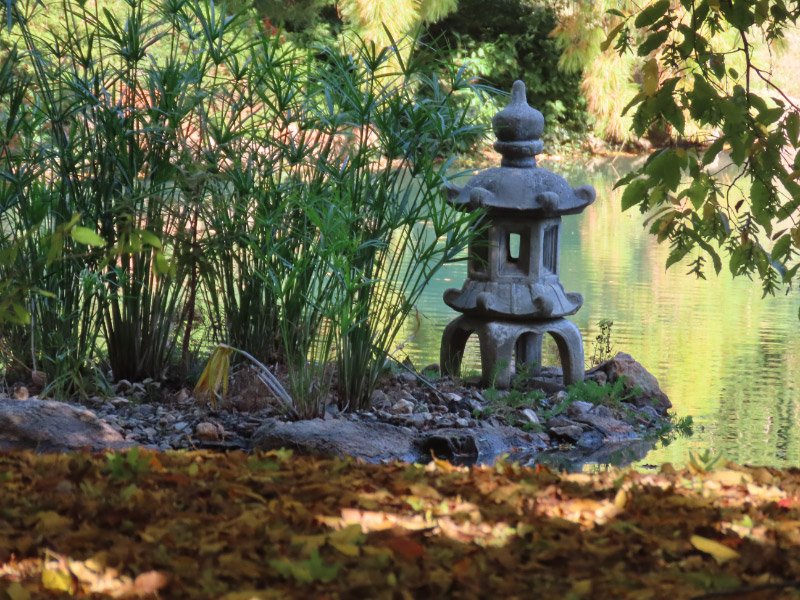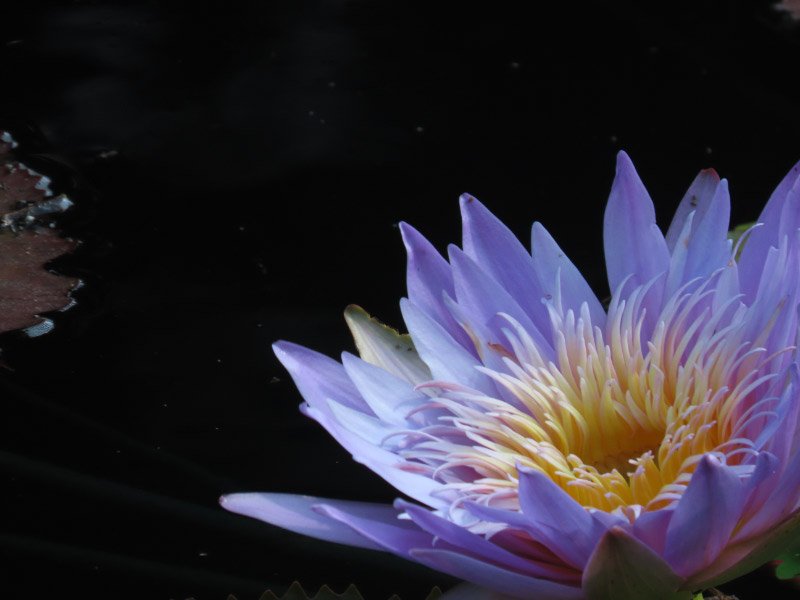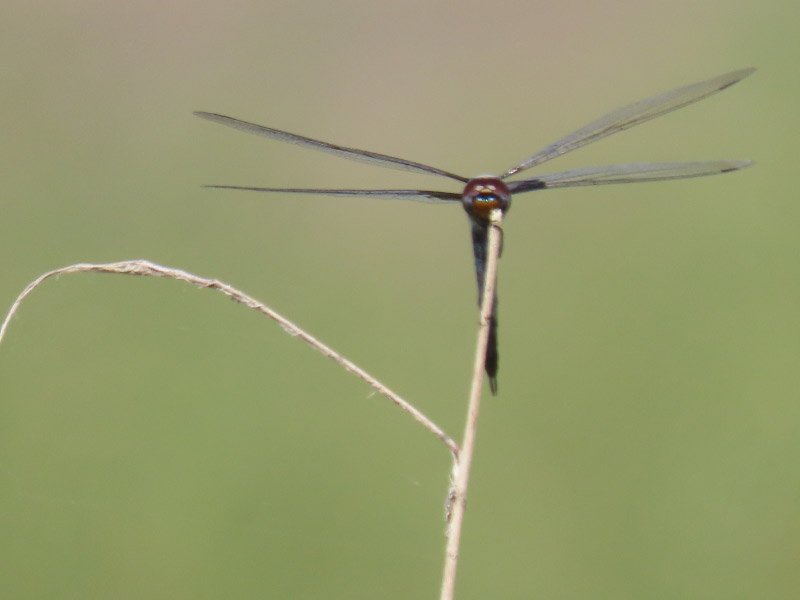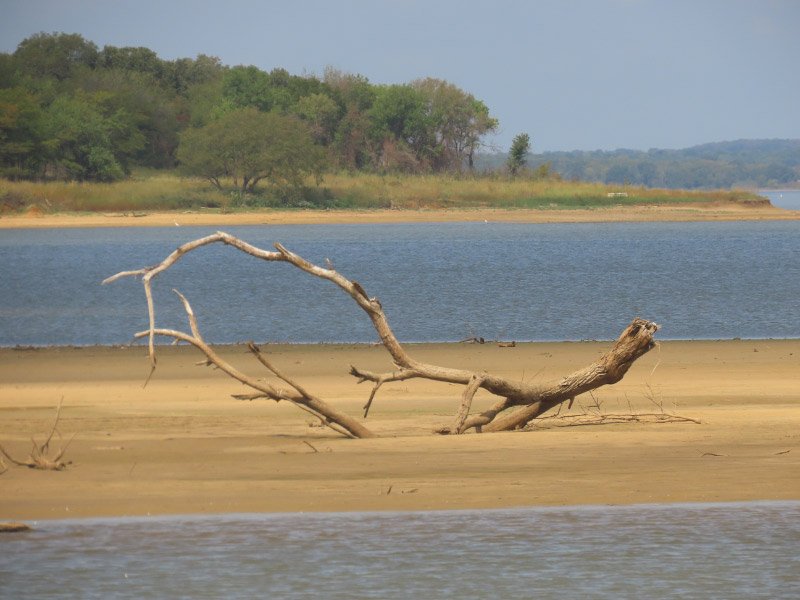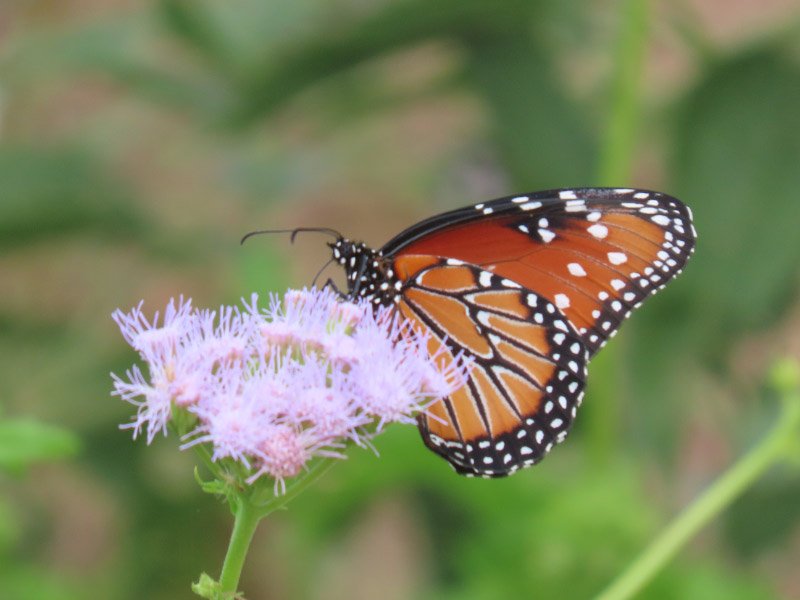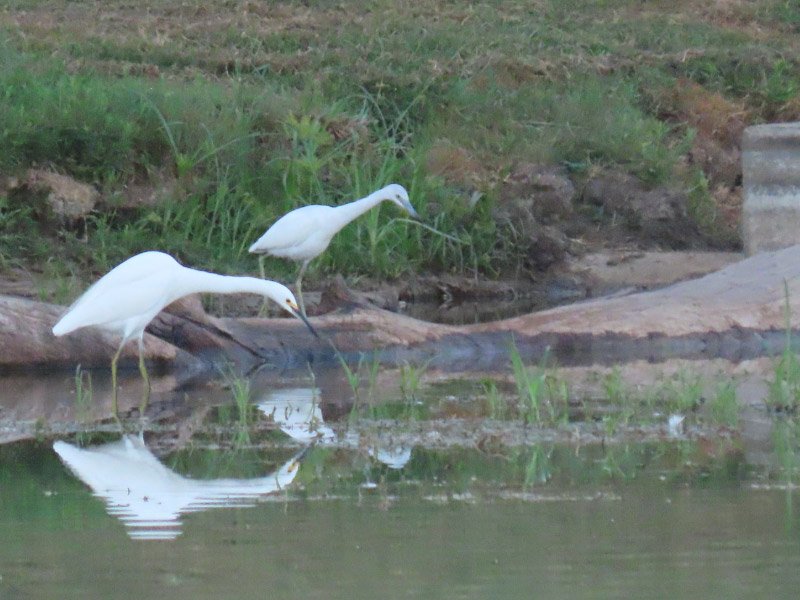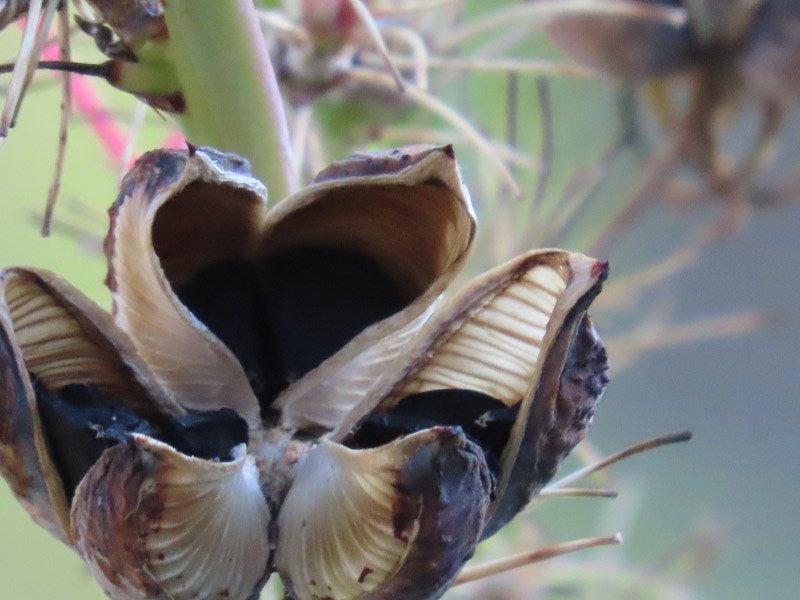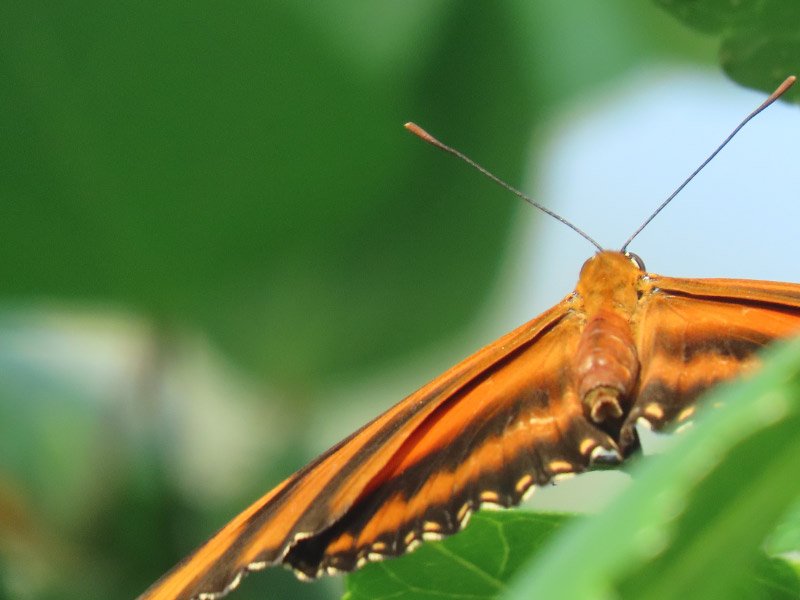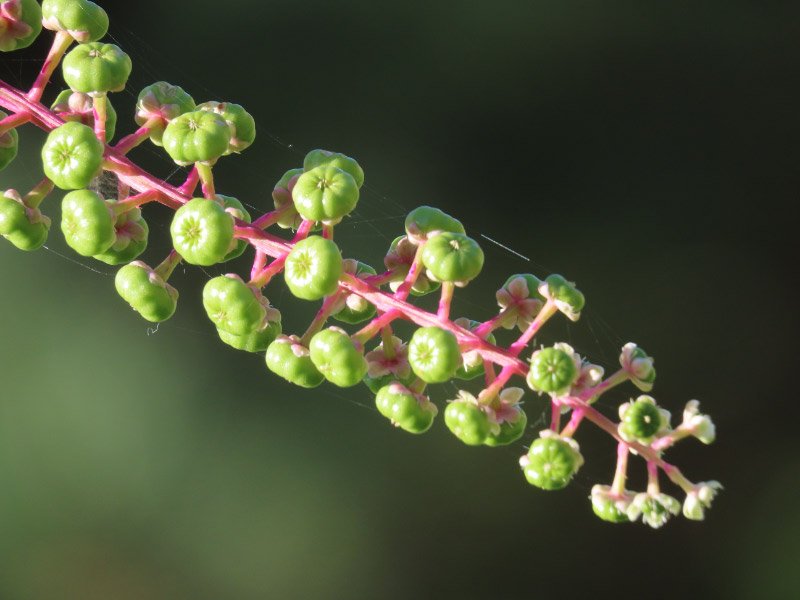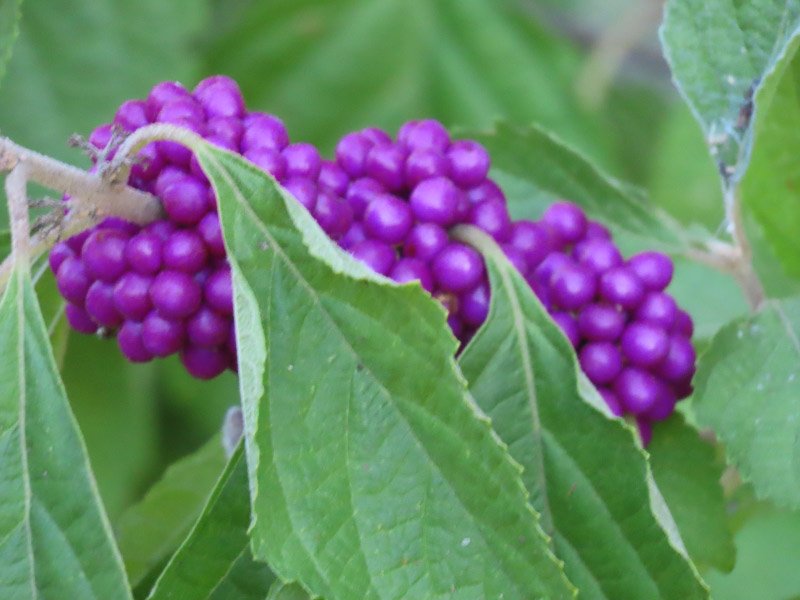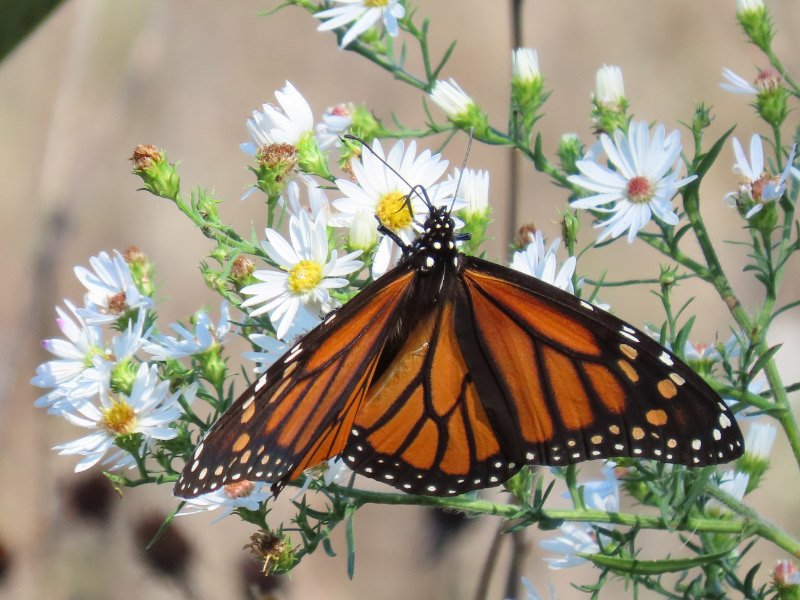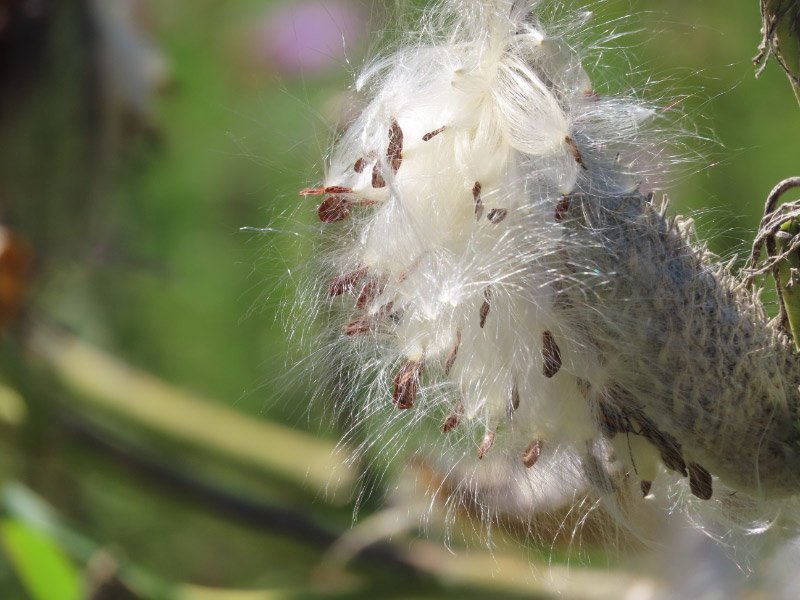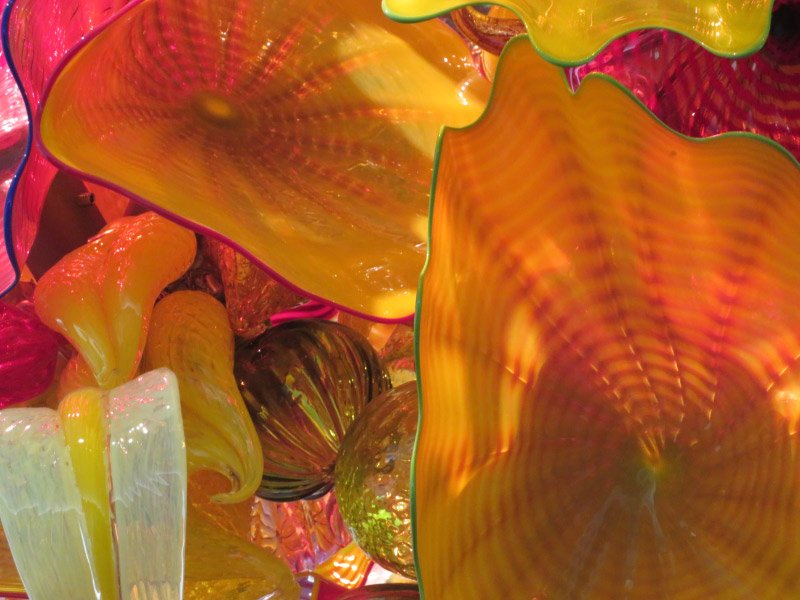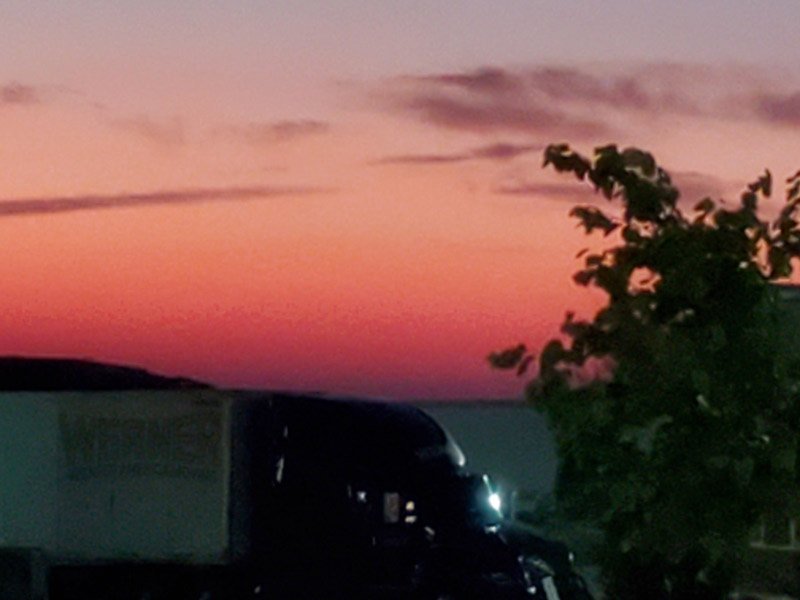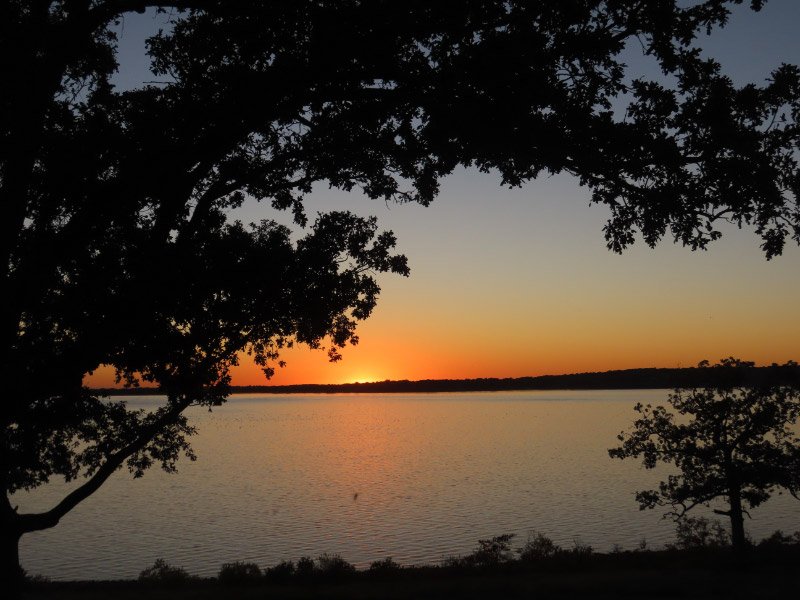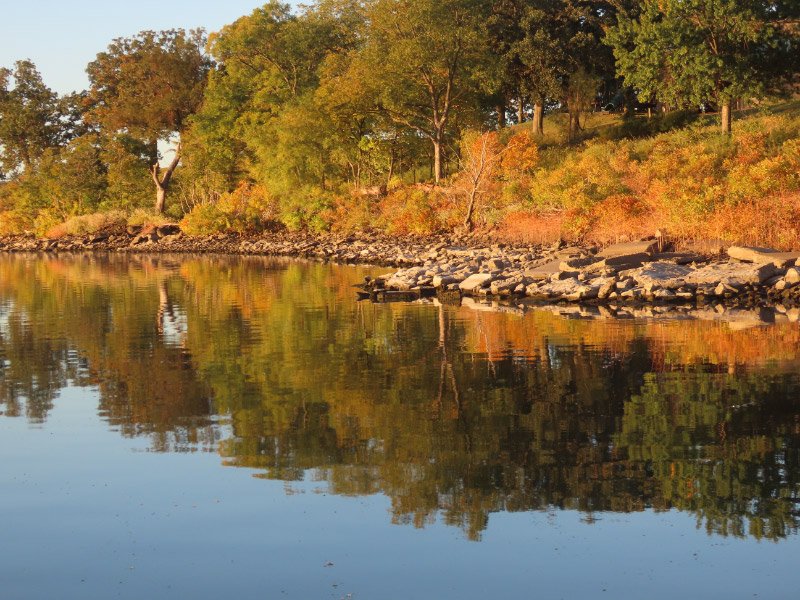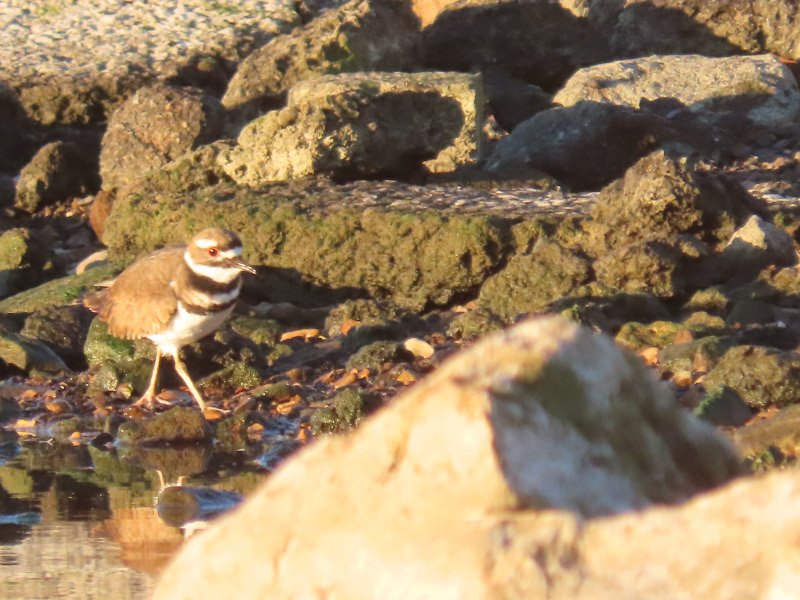Our Missouri Yard Before the Killing Frost
/I walked around our yard before the killing frost last week…to capture the colors of late fall. There is not much to do in the yard right now. I am following the ‘leave the leaves’ strategy. The winds swept away most of the leaves in the front yard but there are two drift areas in the back which may thin the grass. I don’t mind at all if that happens. I’ll plant black-eyed susans, cone flowers, golden rod, asters, bee balm, golden alexander, etc. I am inclined to let the pokeweed grow at will since I have seen mockingbirds eat the berries this fall.
There were still a few dandelions in bloom….and insects. The morning I walked around was in the 40s so the insects were not moving very fast.
Of course there was lots of color…including aromatic sumac, a young maple, our Kousa dogwood…as well as other plants that are probably not native.
The seeds of the chives are easily falling out of their husk. The pods on the crape myrtle will probably freeze before the can mature; the plants have died back to the ground every year we have lived in Missouri so far. The big buds on the rhododendron look great and will likely make it through the winter to bloom next spring.
Both the Eastern White Pine and Short Leaf Pines are doing well in our back yard – pokeweed growing underneath them. There is also a small Eastern Redcedar that has come up in my wildflower bed; I’m thinking about where to move it next spring…maybe to the area where I planted a button bush…which a squirrel promptly clipped to the ground.
My husband got the barn swallow nests removed from under our deck. We succeeded in not letting them build a nest on the brick of our house last summer…but they found a place on the deck supports and we didn’t notice soon enough.
Our maples in the front yard have lost their leaves. Our neighbor’s river birch has also lost its leaves and it looks like there is a squirrels nest in the tree. The oak in our neighbor’s yard (a pin oak) still has a lot of leaves but seemingly has dropped a lot as well; most of the leaves in our back yard are from that tree.
Even though the drought of the summer made the fall not as brilliantly colored, fall lingered lingered…and the transition to winter was worth noticing.






















